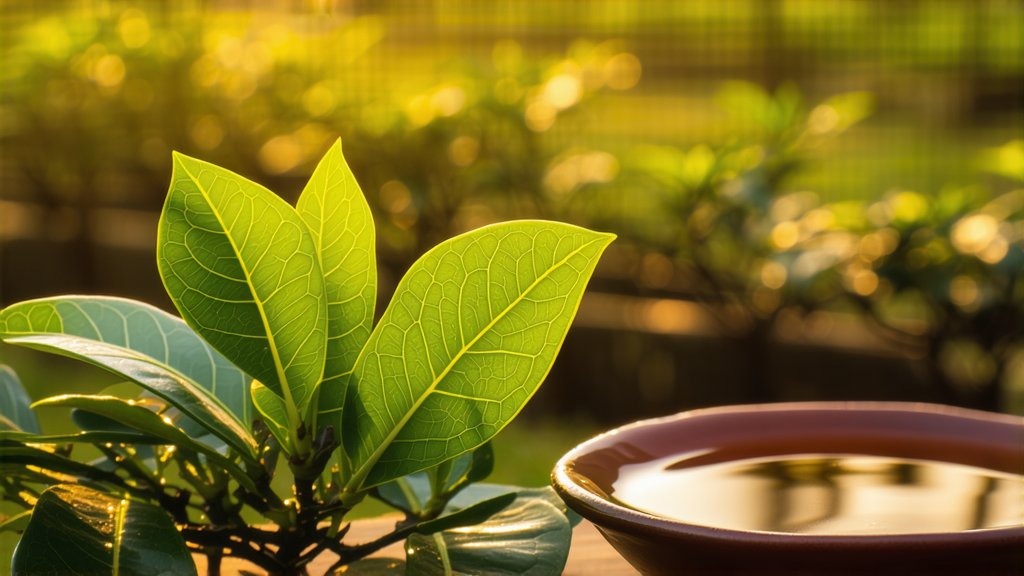
China's rich tapestry of tea culture is adorned with many jewels, but among them, Keemun Black Tea stands out as a gem that has captivated tea enthusiasts around the world for over a century. This exquisite beverage, hailing from the picturesque mountains of Anhui Province, boasts a history steeped in tradition and a flavor profile that is both complex and harmonious. Join us on a journey to explore the fascinating world of Keemun Black Tea—its origins, varieties, meticulous craftsmanship, and the art of its appreciation.
A Glimpse into History
The story of Keemun Black Tea begins in the late 19th century when it was first introduced to the global stage. Named after the Qimen County (now known as Shexian County) in Anhui Province, this tea quickly gained international acclaim for its unique taste and aroma. Its rise to prominence was further cemented during the 1915 Panama-Pacific International Exposition, where Keemun clinched the gold medal, establishing itself as a symbol of Chinese tea excellence.
Varieties of Keemun
Keemun Black Tea comes in several distinct variations, each with its own characteristics and charm. The two most notable types are Gong Mei and Xuemei. Gong Mei, meaning "High Quality Eyebrow," refers to a premium grade characterized by its delicate, slender leaves and tips, resembling fine eyebrows. It offers a lighter body with floral and fruity notes. On the other hand, Xuemei, or "Premium Eyebrow," comprises larger leaves and buds, resulting in a fuller-bodied tea with earthy undertones and a hint of sweetness. Both varieties share the same meticulous production process but differ slightly in appearance and taste, catering to diverse palates.
Crafting the Perfect Cup
The creation of Keemun Black Tea is an art form that involves several intricate steps, starting from careful plucking to precise fermentation and drying techniques. Here’s a glimpse into the process:
-
Plucking: Only the top two leaves and a bud are handpicked, ensuring the highest quality raw material. This selective harvesting occurs during spring and early summer when the leaves are at their prime.
-
Withering: Freshly picked leaves undergo a gentle withering process where they are spread thinly on bamboo mats or trays under the sun or in well-ventilated rooms. This step reduces moisture content, making the leaves pliable for rolling.
-
Rolling: Withered leaves are then meticulously rolled using traditional methods or modern machinery. Rolling breaks down cell walls, releasing enzymes that initiate oxidation.
-
Oxidation: Unlike green teas, Keemun undergoes complete oxidation, turning the leaves a deep mahogany color and developing its signature flavor profile. This process can take several hours and is closely monitored to achieve the perfect balance of aroma and taste.
-
Drying: Finally, the oxidized leaves are dried in specialized dryers or wok-fired to remove any remaining moisture, stabilizing the tea for storage and transport.
The Art of Tea Tasting
Appreciating Keemun Black Tea goes beyond merely drinking; it's an experience that engages all senses. Here's how to embark on a sensory journey with this golden elixir:
-
Visual Appreciation: Observe the dry leaves for their uniformity and the characteristic dark hue. Upon brewing, note the vibrant amber color of the liquor.
-
Aroma: Inhale deeply before sipping. The fragrance of Keemun is multifaceted, often featuring notes of orchid, chestnut, and honey, intertwined with subtle smokiness.
-
Tasting: Take a small sip, allowing the tea to coat your palate fully. Notice the initial sweetness followed by a slight astringency that leads to a smooth, lingering finish. Each variety offers a unique taste experience, from Gong Mei's lightness to Xuemei's robustness.
-
Mouthfeel: Pay attention to the texture in your mouth. A well-crafted Keemun should feel velvety and rounded, leaving a pleasant aftertaste.
In conclusion, Keemun Black Tea represents not just a beverage but a cultural heritage that encapsulates centuries of Chinese tea-making wisdom. Its historical significance, coupled with the meticulous craftsmanship involved in its production and the nuanced pleasure of its tasting, makes it a must-try for any connoisseur seeking to delve deeper into the world of tea. Whether you're a seasoned tea drinker or a curious newcomer, Keemun promises a journey of discovery that celebrates the artistry and tradition of Chinese tea culture.